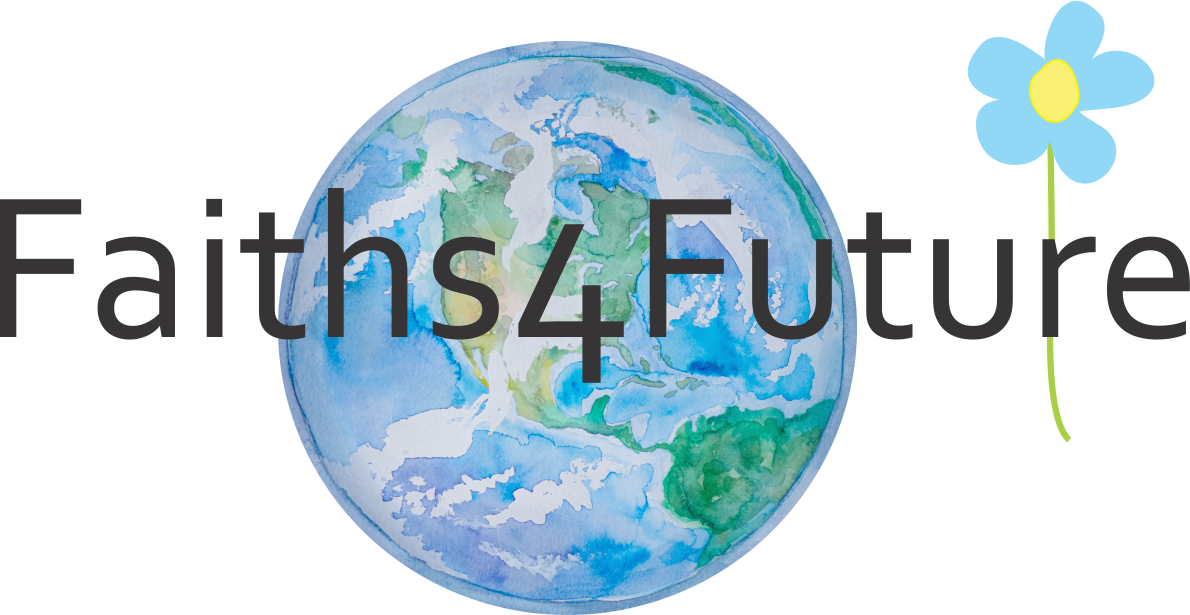The State of the Planet: A Climate Science Update
We had a great event! Watch the video and read the follow up article here: The State of the Planet: Science, Scenarios, COP27. Climate Scientist Jamie Trammell returns to walk us through where the planet and the climate science stands today, both now and with scenarios moving forward—including some hope!
September 20th, Climate and Environmental Scientist Jamie Trammell Ph.D joins us for a conversation to bring us up to date on the climate science as it stands right now. There are many reports and articles—they now regularly roll out across our newsfeeds. We are seeing new terms rising up, like ‘giga fires’ and ‘mega drought.’ We are also learning that ‘1000 year storms’ are in a pile up, with six 1000 year rainstorms over 4 weeks across 4 US states in July and August alone. It definitely prompts the question ‘where are we now?’ in terms of climate change, and what are we looking at.
Jamie Trammell is an environmental scientist, and he is also a man of faith, a United Methodist, with Indigenous roots (bio below). He came previously to the Climate Cafe, “What do you want to sustain?” The IPCC report and scenarios for Climate Change, to help us unpack the then most recent IPCC report. For this coming Cafe, Dr. Trammell will talk about the state of things, recognizing knowledge is essential, and especially as preparation begins for the coming COP. COP (Conference of the Parties) is a UN affiliated, global meeting of stakeholders, policy makers, organizations and citizens, who meet every year to try to tackle the world-wide challenge of climate change. This year, COP27, will be in Egypt in early November.
Join us September 20th, 11:00am PT / 2:00pm ET. Register.
E. Jamie Trammell is an Associate Professor and Chair of the Environmental Science and Policy program at Southern Oregon University. His primary interest is ‘scenario planning and modeling’ in order to better understand how various environmental drivers combine to determine the future condition of land and water systems. His work means he is continually working to bring different information sets together, translating climate science into social and economic frameworks, with a big picture view (landscapes and seascapes) and a goal of facilitating visualization and communication between people and research. He has worked in a variety of environmental contexts from the deserts of the American southwest to the Northern Rivers of New South Wales in Australia, throughout Alaska and into the Canadian boreal, and in the agricultural landscapes of the Magic Valley, Idaho and the Rogue River basin in Oregon. He is also a United Methodist.
Storm photo above, A supercell thunderstorm over the open Oklahoma prairies, by Raychel Sanner.


